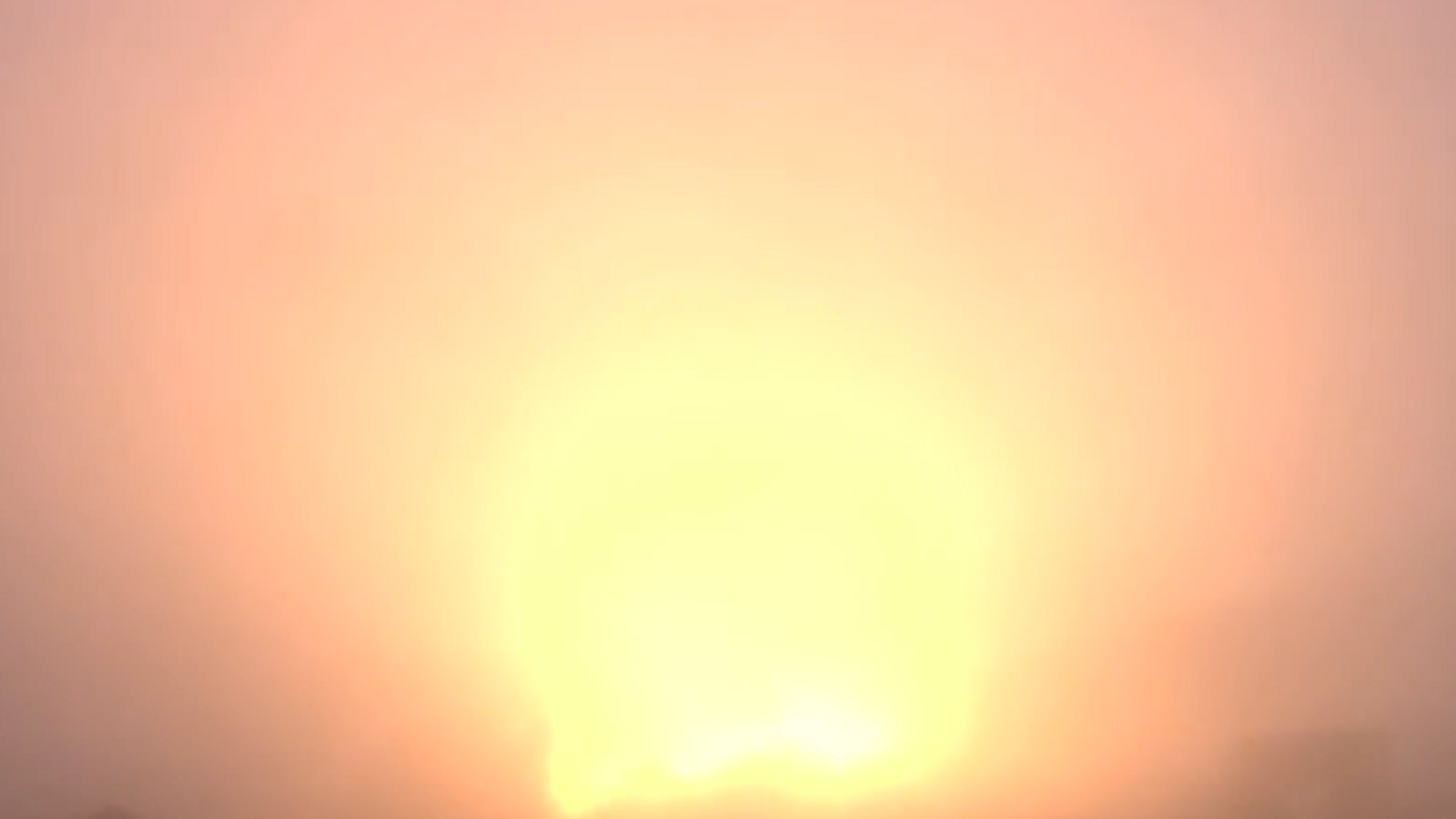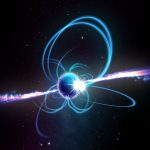SpaceX has suffered another failed landing for its prototype Starship spacecraft, as the rocket broke up in thick fog right before touchdown in Texas.
This was the fourth full-scale stainless steel model to launch since December to an altitude of more than six miles.
The previous three exploded at touchdown or shortly afterwards.
According to SpaceX founder Elon Musk “something significant happened shortly after landing burn” but it wasn’t immediately clear what that “something significant” actually was, other than a explosion of debris scattering as far as five miles away from the landing site.
Thick fog obscured most views of the attempted landing sequence from the ground.
Video from an on-board camera cut out almost six minutes into the flight before pieces of the spacecraft and the sounds of small explosions began raining down across the launch site.
“Should know what it was once we can examine the bits later today,” Musk added.
The company is currently getting through prototypes of its Starship spacecraft at a fairly rapid rate. Its last test of model SN10 took place in early March and actually successfully landed before exploding minutes later.
But the speed the company is building and testing the spacecraft suggests it won’t be completely disheartened by the failure.
The test of Tuesday’s rocket, SN11, had seen the spacecraft taken itself to an altitude of 10km (6.2 miles) before coming back down to land – although it appeared to blow up before making it back down.
Starship is being developed by billionaire entrepreneur Musk’s private space company to carry humans and 100 tonnes of cargo on future missions to the moon and Mars.
Starship, the spacecraft itself, and the launch vehicle called Super Heavy, were unveiled at the company’s facility in Boca Chica, in Texas, in September 2019.
Starship is designed to carry a crew and cargo “to the moon, Mars or anywhere else in the solar system” and land back on Earth perpendicularly instead of horizontally, Musk said.






















